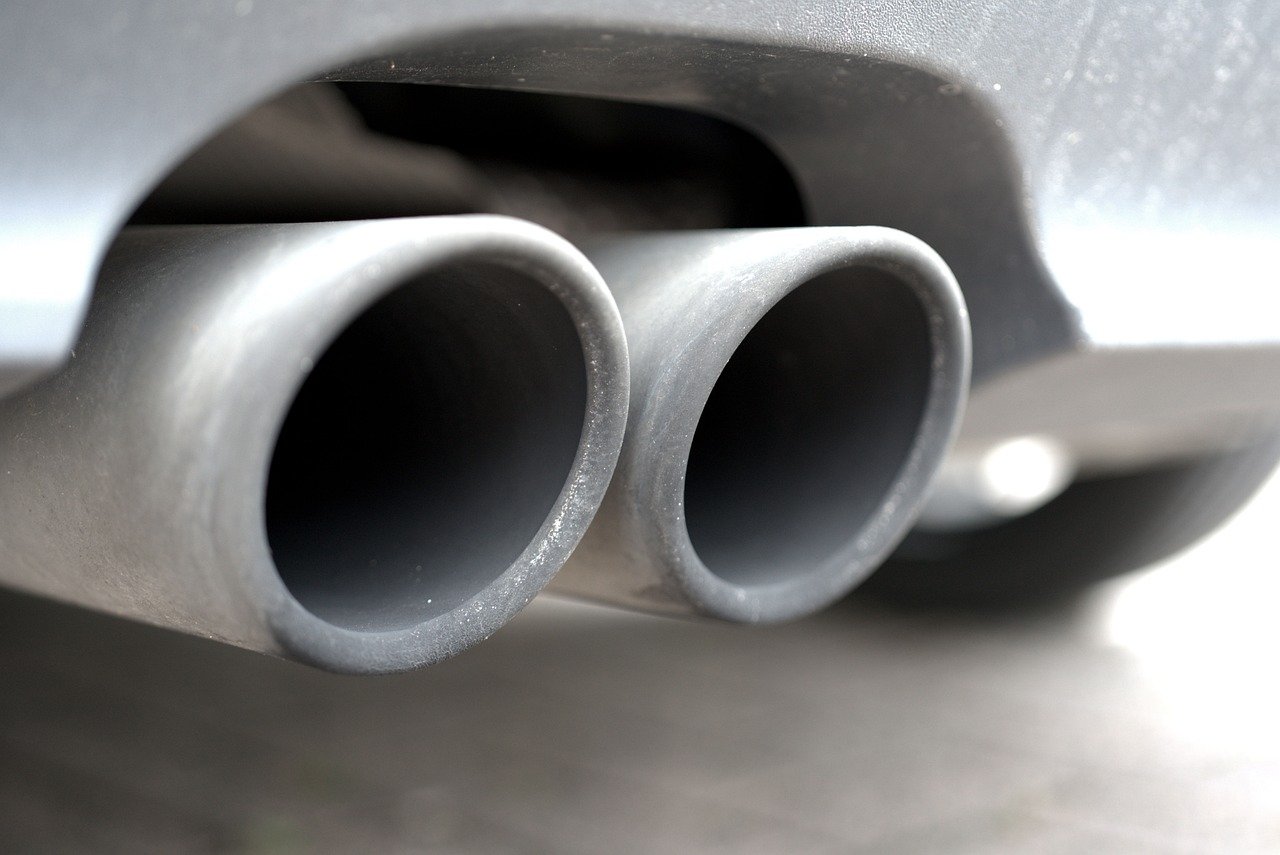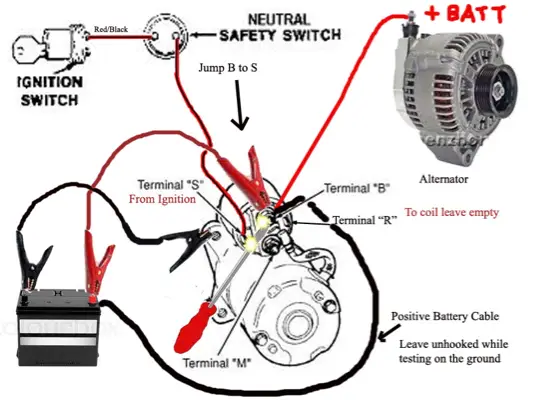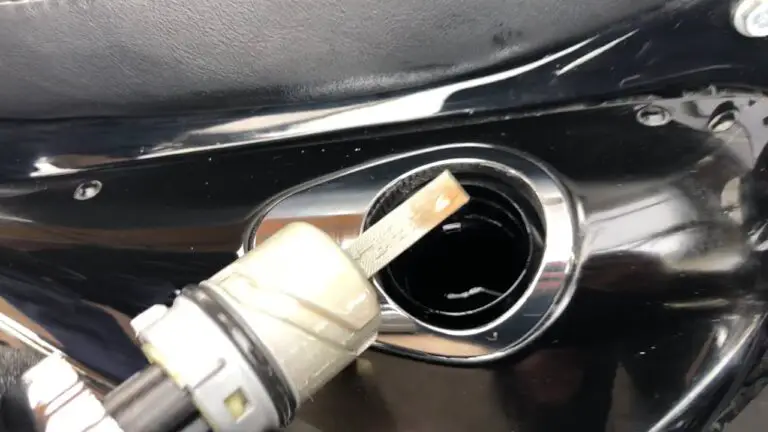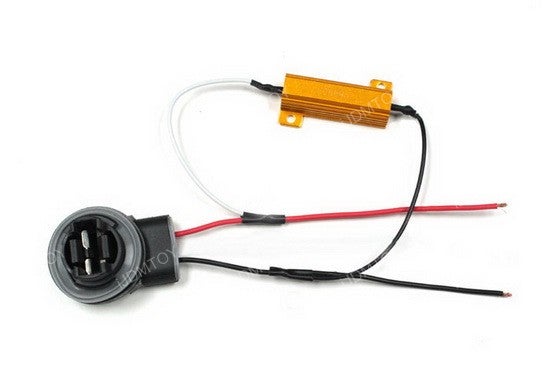A motorcycle exhaust can reach temperatures up to 900°F (482°C) under normal riding conditions. During aggressive riding or racing, temperatures can soar even higher.
Motorcycle enthusiasts and new riders alike often ponder the operating heat of their machine’s exhaust. This component, critical for expelling gases from the engine, operates at significantly high temperatures, which can impact both performance and safety. Understanding the thermal dynamics of motorcycle exhausts is essential for maintenance and the prevention of potential heat-related damage to both the bike and the rider.
With advancing technology, materials used in exhausts are designed to withstand these extreme conditions, reflecting the industry’s attention to detail and safety standards. Riders should take note of these temperatures for optimizing their motorcycle’s performance and ensuring protective gear is used to guard against burns. Knowledge of the exhaust’s heat can also guide proper modifications and part selections for those customizing their bikes.
Understanding Motorcycle Exhaust Heat
The motorcycle exhaust system plays a key role in engine performance. It directs combustion gases away from the rider and engine. This system handles extremely high temperatures due to fuel burning. Hot gases surge through the exhaust, contributing to its heat.
Several factors influence exhaust heat, including engine size, fuel type, and exhaust design. A powerful engine generates more heat. Thus, larger motorcycles often have hotter exhausts. Proper maintenance is crucial, as it affects heat levels too.
| Motorcycle Type | Average Exhaust Temperature |
|---|---|
| Sport Bikes | 450-500°F |
| Cruisers | 375-450°F |
| Touring Bikes | 400-475°F |
| Dirt Bikes | 350-400°F |
Exhaust heat can vary across different motorcycle models. Sport bikes often have the hottest exhaust systems. Touring and cruisers typically show moderate temperatures. Dirt bikes usually run cooler due to their design and usage.

Credit: www.reddit.com
Measuring And Controlling Exhaust Heat
Motorcycle exhausts can reach very high temperatures. Riders need to measure this heat to stay safe. A popular tool for this is an infrared thermometer. Just point it at the exhaust to get a reading.
Exhaust gas temperature gauges (EGT) are also used. EGT sensors are installed directly in the exhaust system. These provide continuous temperature data while riding.
New technology helps keep an eye on exhaust heat. Thermal imaging cameras can show hot spots. This makes it easy to spot areas that get too hot.
Reducing heat is important for rider comfort and bike performance. Cooling systems and heat shields are useful for this. Aftermarket exhaust wraps can also lower surface temperatures. These wraps are wrapped around the exhaust pipes.
Impact And Management Of Exhaust Heat
Motorcycle exhausts reach extremely high temperatures, often around 400 to 600 degrees Fahrenheit. Riders risk burns if they come into direct contact with the hot surfaces. These elevated temperatures can also contribute to reduced performance and engine component wear. Over time, exposure to heat can cause exhaust systems to deteriorate, affecting your bike’s longevity.
Understanding this, it is important for riders to regularly inspect and maintain their motorcycle’s cooling systems. This check includes ensuring good airflow and proper coolant levels. Using heat-resistant materials can also protect against the risk of burns and machine damage. Items such as insulating exhaust wraps, heat shields, and protective clothing are essential for anyone frequently riding.
| Tip | Action |
|---|---|
| Insulate Pipes | Use exhaust wrap |
| Airflow | Ensure proper engine cooling |
| Protective Gear | Wear heat-resistant clothing |

Credit: www.ebay.com

Credit: www.jdpower.com
Frequently Asked Questions On How Hot Does A Motorcycle Exhaust Get
How Hot Does A Exhaust Pipe Get?
Exhaust pipes can reach temperatures up to 1,200 degrees Fahrenheit during operation, particularly during high-performance or extended driving conditions.
How Hot Is A Bike Exhaust?
A motorcycle exhaust can reach temperatures up to 600°F (315°C) when the bike is running. It’s important to handle it with care, as it can cause burns.
What Is The Hottest Part Of The Motorcycle?
The hottest part of a motorcycle is typically the engine, especially around the exhaust system where temperatures can soar.
Why Is My Motorcycle Exhaust So Hot?
Your motorcycle exhaust gets hot primarily due to the combustion process. Exhaust systems expel burnt gases which can heat the pipes significantly. Proper ventilation and maintenance reduce excessive heat.
Conclusion
Understanding the thermal intensity of motorcycle exhausts is crucial for rider safety and vehicle maintenance. Exceeding temperatures of 600°F are common during a ride, highlighting the need for heat-resistant gear and regular checks. Keep this in mind to ensure both your protection and your motorcycle’s longevity.
Stay safe and ride responsibly.




